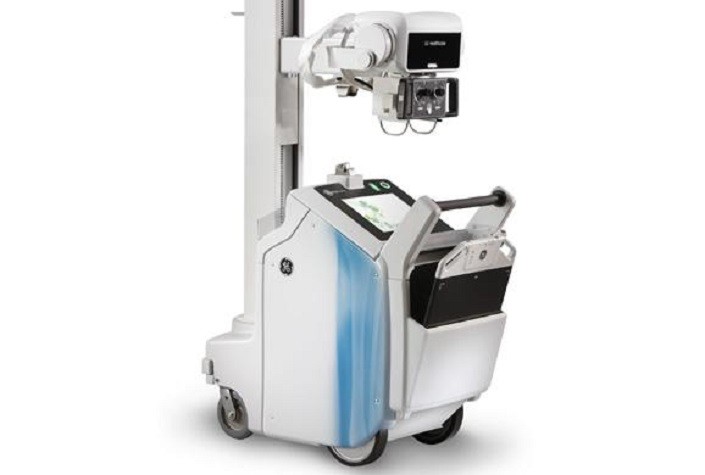Gene expression is a technique through which genetic instruction are used for synthesizing gene products. This technique enables scientists and researchers to reach at the molecular level of each gene. Proteins are generally synthesized with the help of gene expression which further perform the function of components such as proteins, enzymes as well as receptors. Process of gene expression involves of two stages, transcription and translation. The techniques used for monitoring the gene expression levels include, northern blot analysis, RNA protection assay, and microarrays among others.
The decreasing cost of sequencing techniques and availability of gene expression databases are expected to fuel the growth of market in the coming years. Increase in the development of biotechnology sector in various developing economies coupled with the funding offered by the government bodies are anticipated to offer growth opportunities in the market during the forecast period.
Download Sample PDF Brochure, Click Here
What is Gene Expression?
Gene expression is the process in which DNA directs the synthesis of functional products, such as proteins. Cells can regulate gene expression at various stages. It allows organisms to generate different cell types and enables cells to adapt to internal and external factors.
- Gene expression is a tightly regulated process that allows a cell to respond to its changing environment.
- It acts as both an on/off switch to control when proteins are made and also a volume control that increases or decreases the amount of proteins made.
- There are two key steps involved in making a protein, transcription and translation.
Genetic Information Flows from DNA to RNA to Protein
A gene is a stretch of DNA that serves as the blueprint for functional RNAs and proteins. Since DNA is made up of nucleotides and proteins consist of amino acids, a mediator is required to convert the information that is encoded in DNA into proteins. This mediator is the messenger RNA (mRNA). mRNA copies the blueprint from DNA by a process called transcription. In eukaryotes, transcription takes place in the nucleus by complementary base-pairing with the DNA template. The mRNA is then processed and transported into the cytoplasm where it serves as a template for protein synthesis during translation. In prokaryotes, which lack a nucleus, the processes of transcription and translation occur at the same location and almost simultaneously since the newly-formed mRNA is susceptible to rapid degradation.





No comments:
Post a Comment